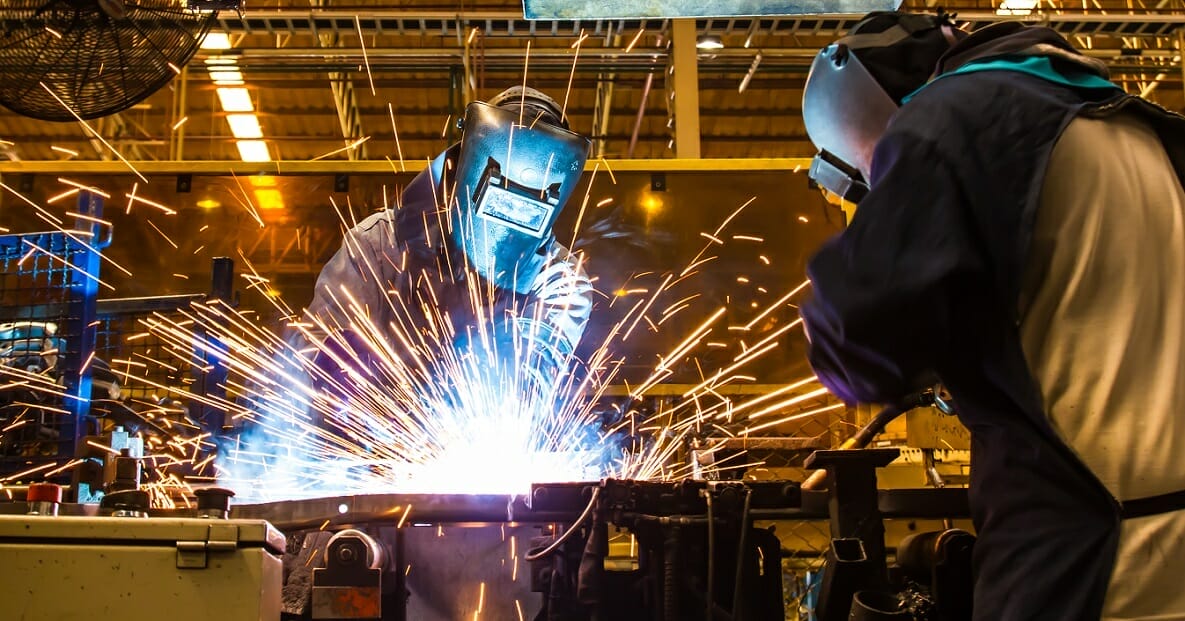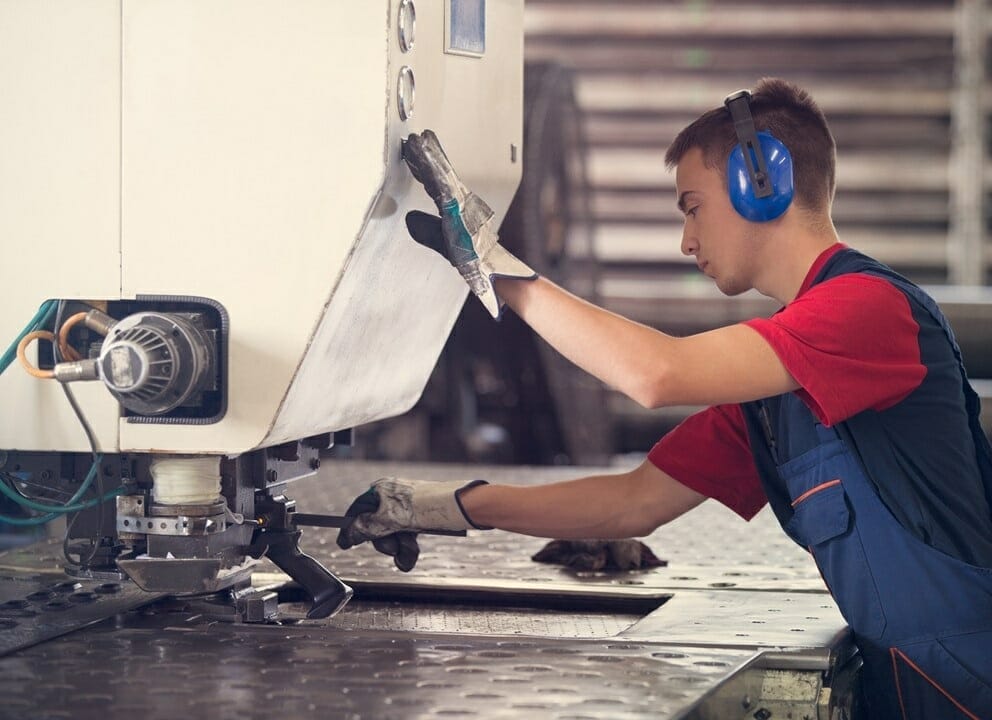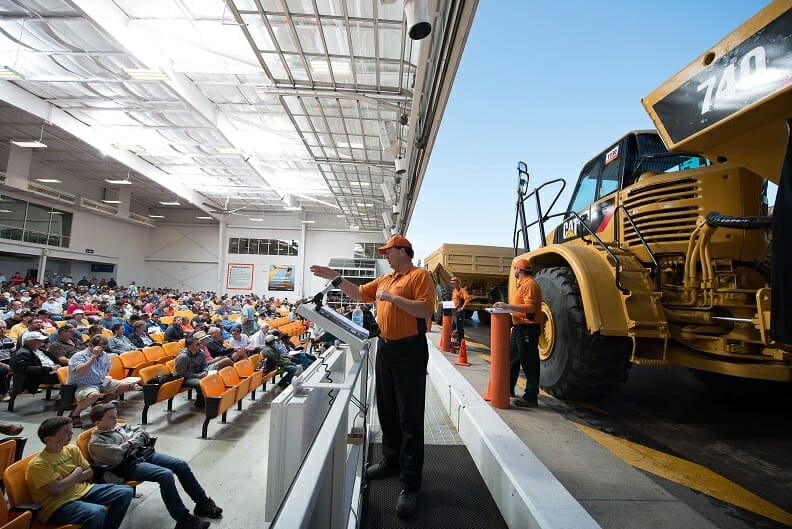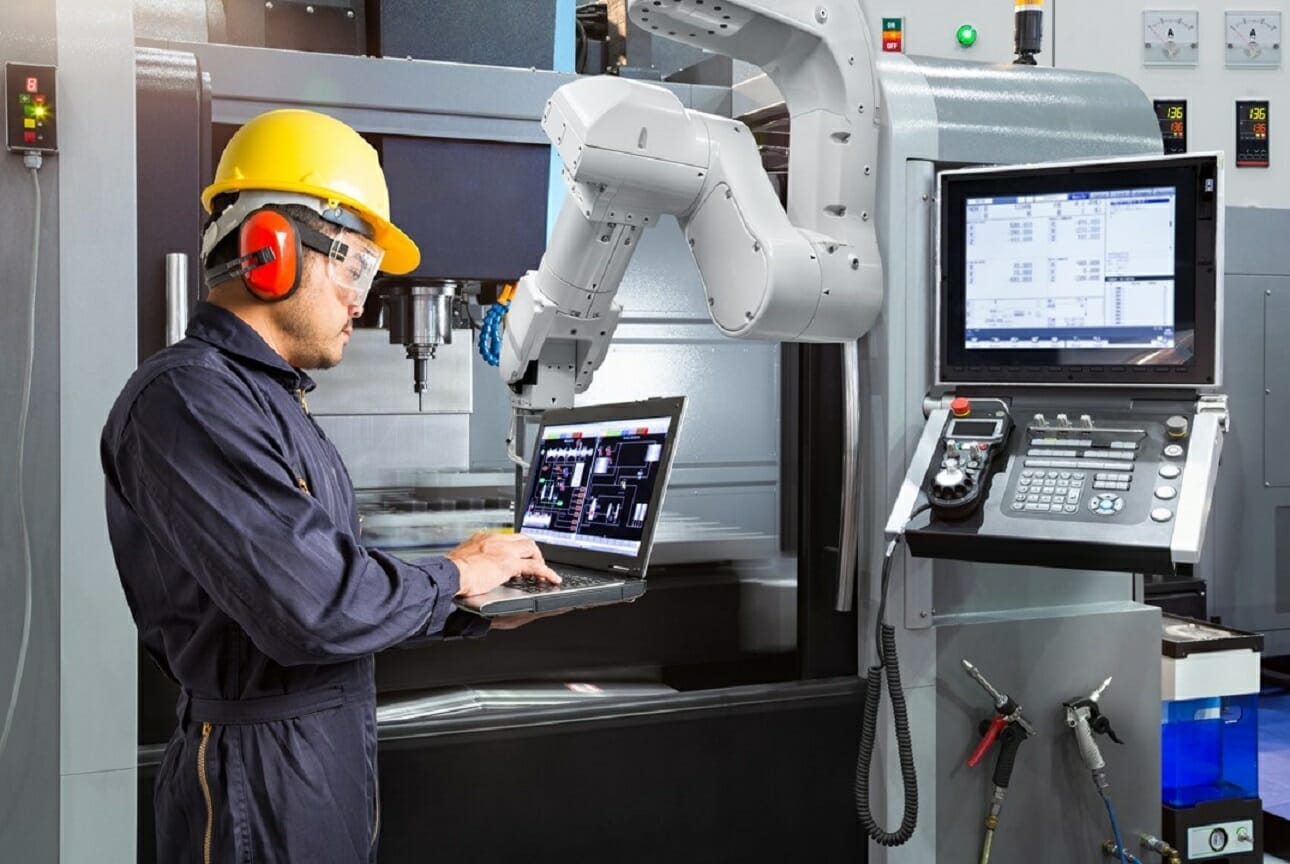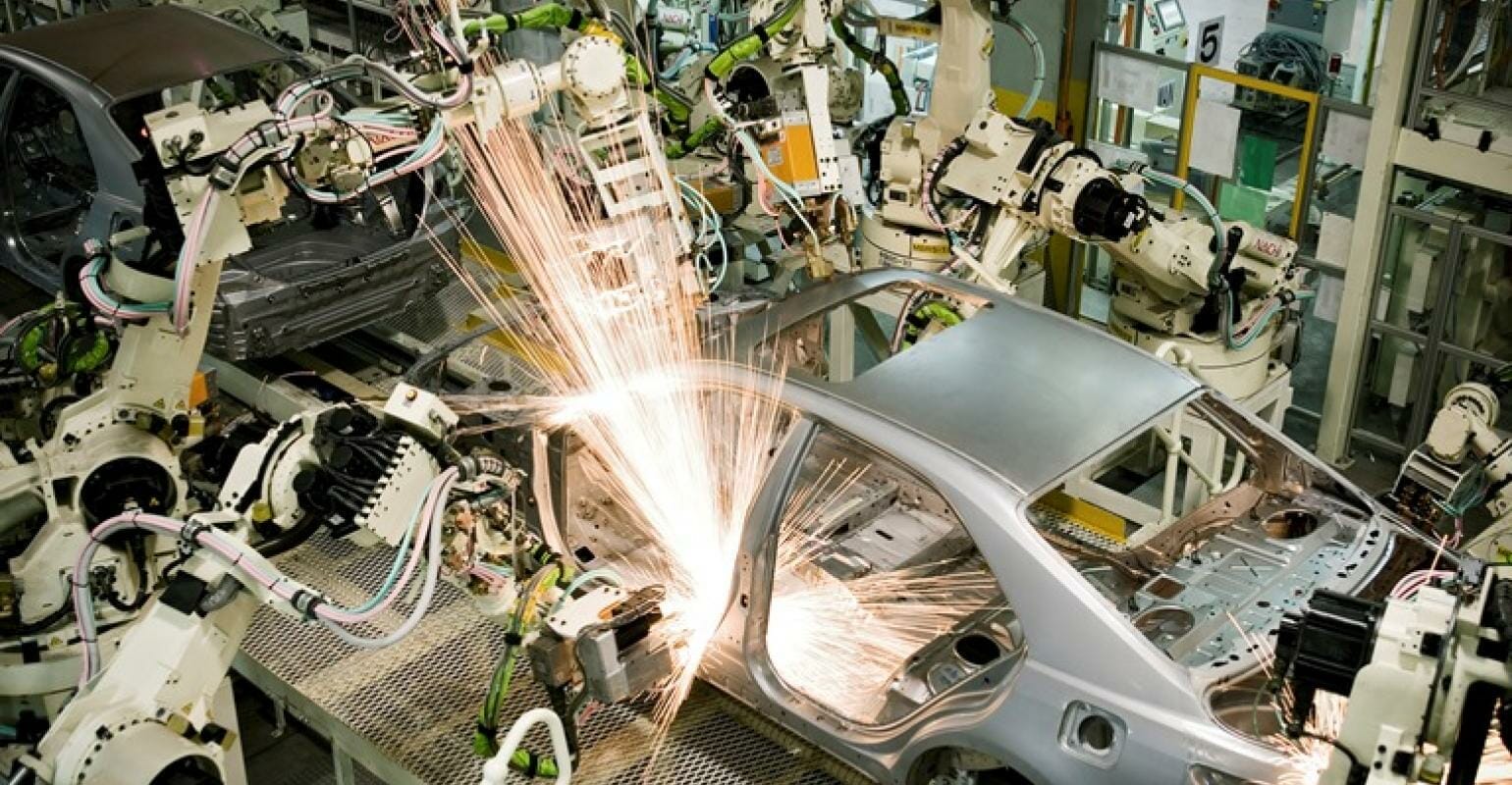What are the critical aspects that engineers should know about industrial equipment production and manufacturing?
The objective of every business person is to minimize costs as they maximize profits. Thus, a business requires the manager to be cautious about its daily operations. This helps to monitor anything that needs to be changed.
Among the things that are crucial in a business and require regular check-up includes the systems and equipment. You do not want your operations to be stuck at one stage of the process because of a problem that could have been controlled.
Check below to learn how to rank your equipment critically and how to calculate the availability of a system.

Industrial Equipment Criticality Meaning
Industrial equipment criticality involves assessing equipment to determine how often it should be maintained or inspected. Consequently, equipment criticality ranking allows a risk assessment to be conducted on a piece of equipment, determining the likelihood and consequence of its failure. This assessment is usually carried out on a more extensive system like a manufacturing line. Also, the ranking allows you to provide a scheduler with a guide on work orders and notifications that need immediate attention and those that can be rescheduled to a future date.
Critical rating of the equipment is essential to achieving substantial maintenance and preventative plans. One can guarantee that their engineering and maintenance efforts focus on the appropriate areas by setting guidance rules and rating your equipment. Again, you can easily and quickly decide which preventive maintenance work needs to be prioritized. The end goal of the equipment criticality ranking is to maximize plant uptime as you keep the most crucial equipment available.
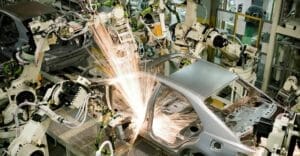
Forms of Equipment
Industrial equipment exists in various forms, including;
Rotating equipment.
These include industrial equipment that can be dismantled from and installed in functional locations.
Fixed equipment.
They comprise industrial equipment that usually needs inspection, such as drums, towers, exchangers, and vessels.
Mobile Equipment.
This consists of portable industrial equipment such as ladders, emergency fire equipment, lifting equipment, and vehicles.

Equipment Ranking Process
- Listing your industrial equipment
This stage involves recording all your equipment in your organization or company.
- Forming an assessment team
This step involves selecting a team of members who will be directly involved in analyzing and assessing how critical each piece of equipment is. Be cautious of selecting a reliable team to avoid making errors that could considerably cost your business.
- Scoring your industrial equipment
At this stage, the assessment team will conduct the actual ranking and provide scores on each piece of equipment’s criticality. Make sure you arrange the scores from the highest to the lowest order of priority.
- Analyze the business risk if industrial equipment fails
After recording each item’s score, consider how each piece of equipment could affect the business in case of failure.

Convert the score into a risk rating
This is the final step in the ranking process, which involves converting the score achieved into a rating. This allows you to know your most vulnerable equipment to the least vulnerable. Thus, you can determine which items require more maintenance and attention.
When reporting equipment reliability, always use criticality when viewing new notifications or word lists. Also, develop a variant defined by criticality to ensure proper attention is given to the equipment with the most significant risk. You can utilize criticality to concentrate and ensure team efforts for a long-term view.
Prioritization guidelines must also be put into action, thus reducing the likelihood of your business output system being interrupted. Some guidelines you can apply include creating guidance rules and deciding which routines can be missed and how often. Likewise, you can use criticality fields such as the ABC indicator to prioritize and determine new defects. Each worker should also develop a work order cycle stating their work and incorporate as many details as possible.

System Availability
System availability entails a metric used to determine the percentage of time that an asset can be utilized in production. This metric calculates the likelihood that a system is not down for preventive maintenance whenever it is required in production.
System availability enables maintenance groups to define the rate of impact they are encountering on production and time. When equipment is unavailable at the right time, it can interrupt the entire production process.
Therefore, maintenance occupies a significant influence on system availability. This influence ranges from how preventive measures are carried out and scheduled to the team response when equipment fails unexpectedly.
Maintainability, Availability, and Reliability
Maintainability and reliability include aspects that are significantly influenced by maintenance. Consequently, asset availability is usually influenced by various factors. Therefore, understanding how maintainability and reliability impact availability helps improve your business.

Reliability
System reliability encompasses the likelihood that an asset can perform without failure and for a particular period under normal operations. Thus, system reliability entails the absence of unplanned downtime.
Availability
Unlike reliability, availability is influenced by all downtime, whether planned or unplanned. This includes equipment changes, breakdowns, and inspections. So, if an item can be down for one hour every ten hours of a routine inspection, the availability would be rated at 90%.
Maintainability
Maintainability calculates the capability to restore or maintain an equipment piece to its functioning state. It measures the ease of identifying and solving problems using a system. Since maintainability affects the downtime duration of an asset, it also impacts availability.

How Do You Calculate System Availability?
The system availability formula entails two significant components, which include the total downtime and the total uptime. Downtime involves any time equipment is unavailable for production, including unplanned and planned downtime.
On the other hand, uptime involves the time that an asset is producing the usual or expected output. The formula on how to calculate the availability of a system for a specific period involves dividing an equipment’s total amount of uptime by the sum of total downtime and total uptime. This formula can be written as follows;
Availability = Uptime/ (downtime + uptime)
In conclusion, system availability and industrial equipment criticality are crucial components in production.


